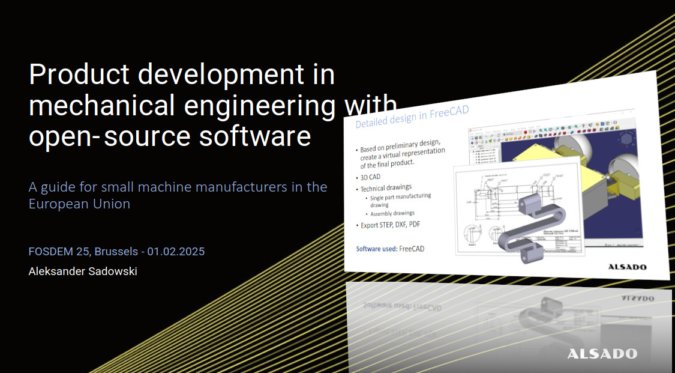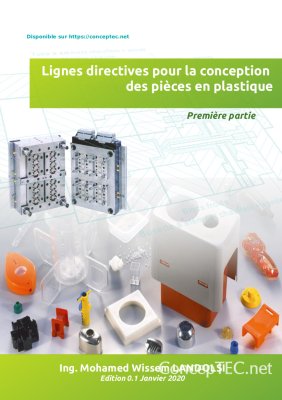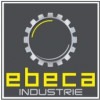1. How Was Design Done Without Computers?
A. Technical Drawings: Masterful Handcraft Without Screens
Drafting halls buzzed with intense activity as technical illustrators transformed engineers' visions into precise drawings with simple yet effective tools. Each line represented hours of meticulous focus, every curve demanded flawless execution. This process forced engineers to fully comprehend their designs before putting pencil to paper.
B. Calculations: When Math Replaced Simulation
Without powerful computers, brilliant minds served as the primary processors. Engineers carried remarkable mental math skills, solving complex equations either in their heads or with basic calculation tools. These abilities condensed days of work into hours, ensuring accuracy before execution. This was truly a golden era of deep mathematical understanding that has become rare today.
C. Prototypes: Learning Through Physical Experimentation
With no virtual simulations, every design faced rigorous real-world testing. These field trials separated good designs from bad, teaching unforgettable lessons. Each failure was a lesson, each success a proud achievement. Knowledge accumulated year after year, creating generations of engineers with strong intuition and profound understanding.
2. What Have We Lost in the Digital Design Age?
A. Fundamental Understanding vs. Speed
In our race against time, we've sacrificed some core values. Today anyone can create complex designs with a click, but few understand the underlying engineering principles. The gap between theory and practice widens as over-reliance on software breeds engineers lacking the fundamental comprehension that defined their predecessors.
B. Overdependence on Digital Simulation
Simulation screens have become reality substitutes, yet they remain mere approximations. Many forget these programs are just tools, not replacements for engineering thinking. The danger lies when simulation replaces thought, when assistive tools become mental constraints.
3. Why Hand Drawing Still Matters Today
A. Developing Spatial Visualization
Manual drawing builds extraordinary 3D imagination capabilities in the mind. This skill remains the foundation for all subsequent design abilities - the first language engineers learn before any programming or CAD software.
B. Enhancing Creativity and Innovation
The hand that sketches unleashes creativity in ways keyboards cannot. Freehand drawing allows ideas to flow naturally, unconstrained by software interfaces and command menus.
C. Understanding Real Manufacturing
When you draw by hand, you start thinking like a maker. You grasp real implementation challenges and understand material limitations and possibilities. This practical knowledge becomes priceless in a world where screens increasingly separate us from physical reality.
4. How to Balance Old and New Approaches?
The solution isn't abandoning technology, but integrating it with traditional wisdom. Always begin with hand sketches to conceptualize core ideas, then use computers for precise execution. Maintain understanding of fundamental calculations before relying on analysis software. Never forget to test designs in the physical world - screens don't tell the whole story.
Conclusion: Engineering as Both Art and Science
Modern technology provides amazing tools, but can't replace fundamentals. The true engineer blends cutting-edge tools with deep understanding. Always preserve your manual skills - they're the roots enabling you to reach new design heights.
"True design begins in the mind, grows through the hand, and integrates with computers"
What's your perspective on balancing traditional and modern methods? Do you still practice hand drawing in your work? Share your experiences! 🚀
Technical Terms:
Computer-Aided Design (CAD)
Finite Element Analysis (FEA)
Computational Fluid Dynamics (CFD)
Draftsmen
Blueprints
Slide Rule
3D Modeling
Prototyping

























